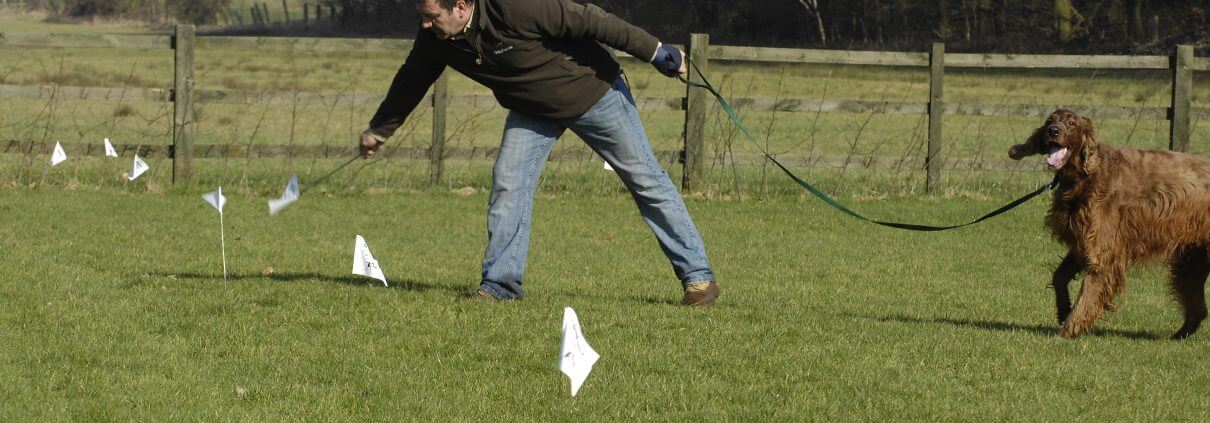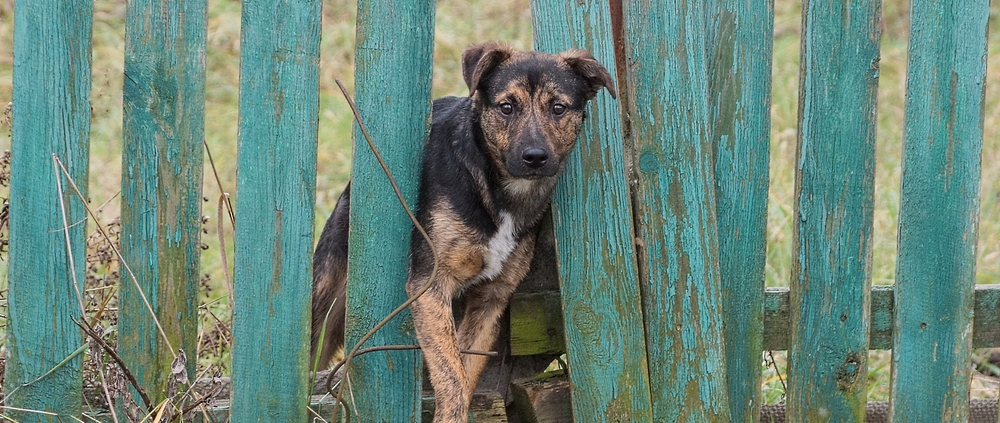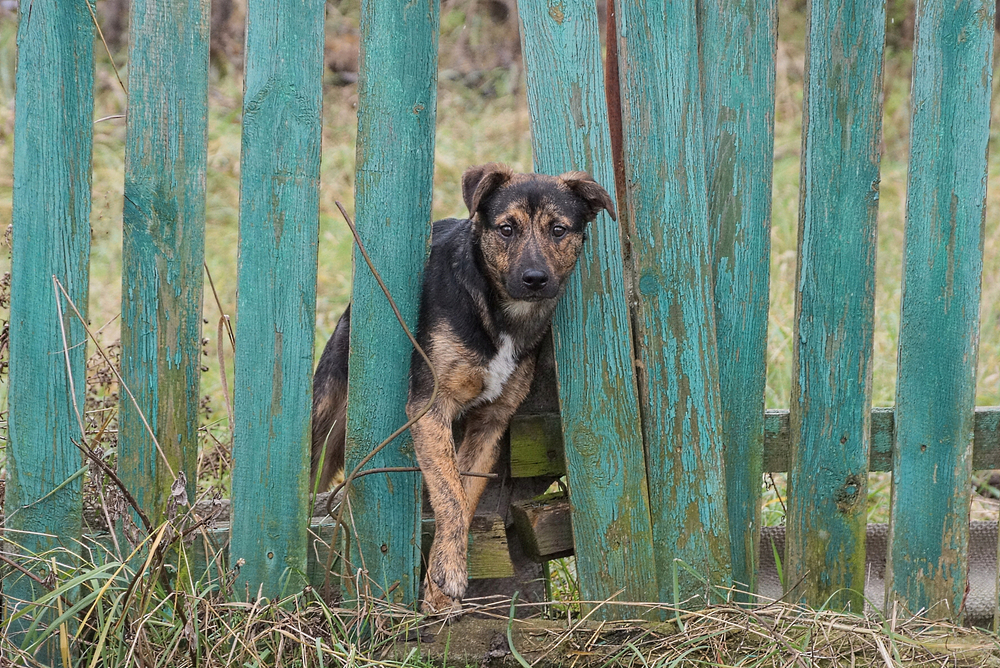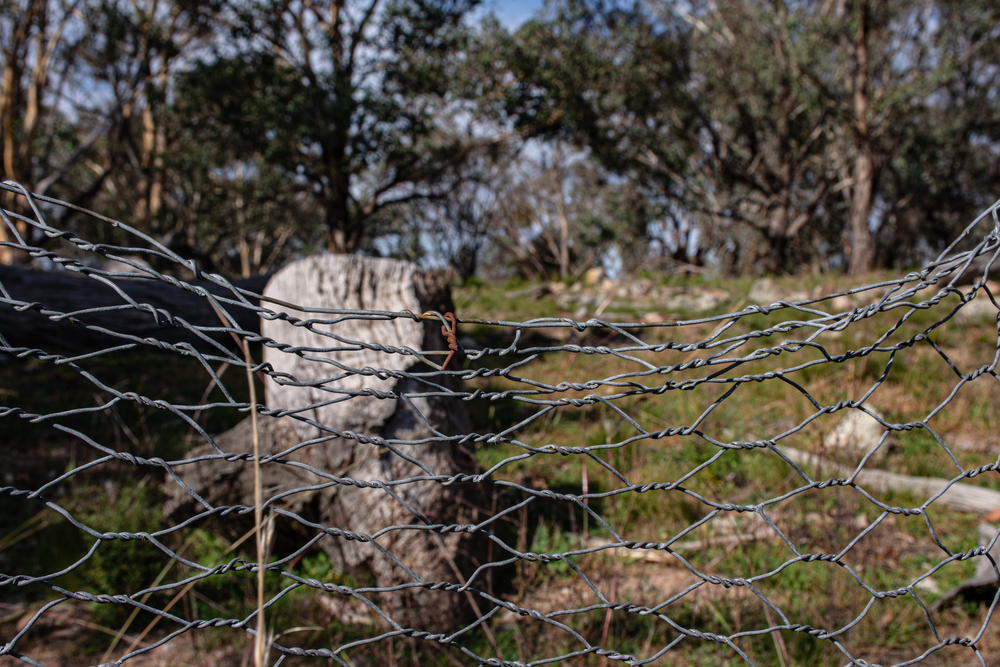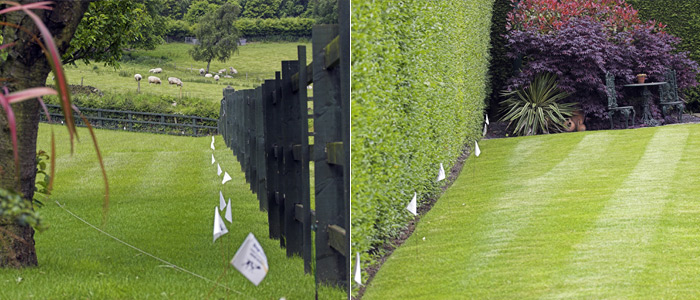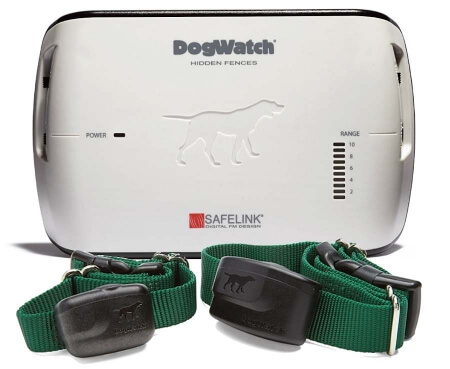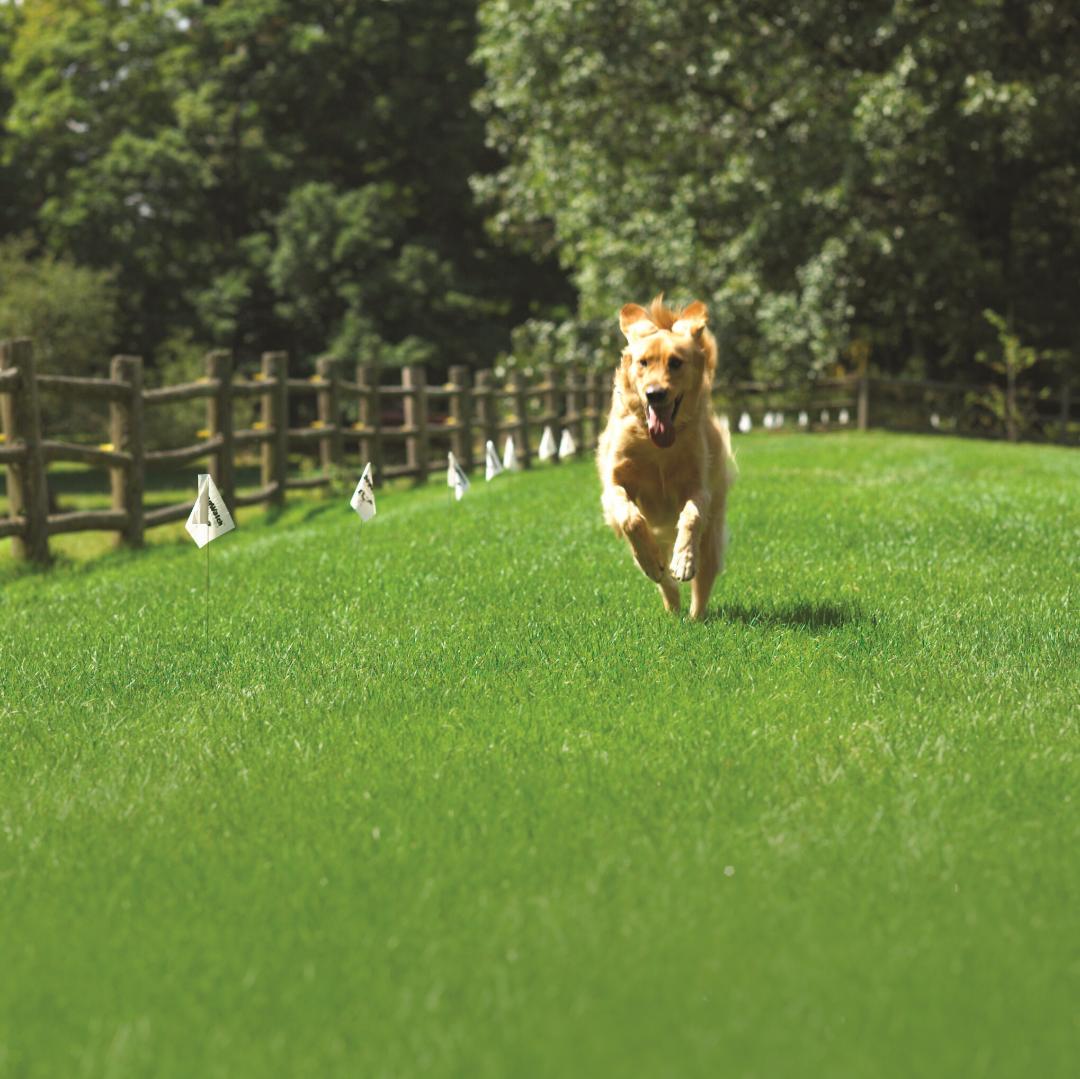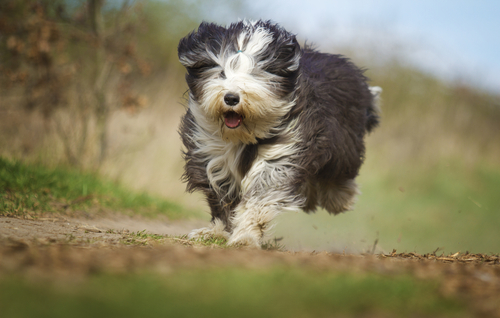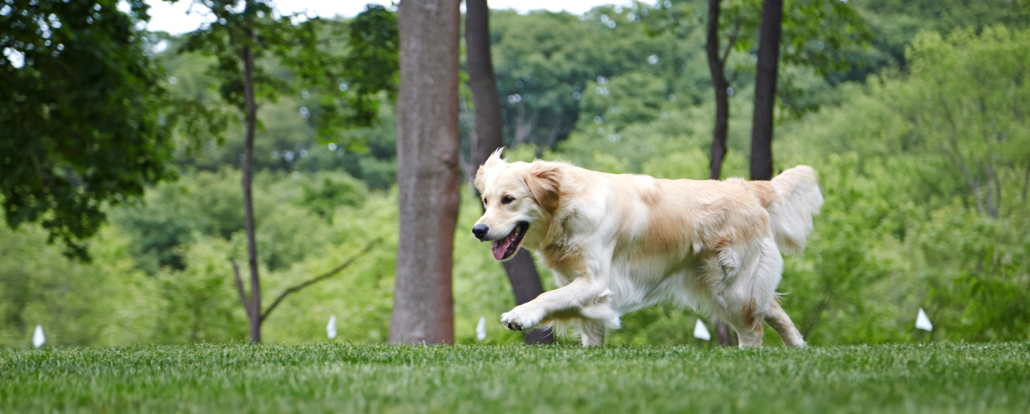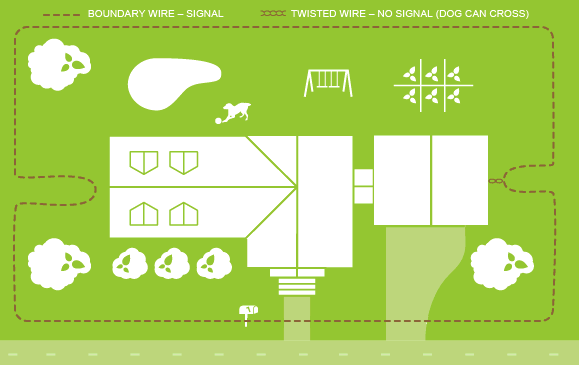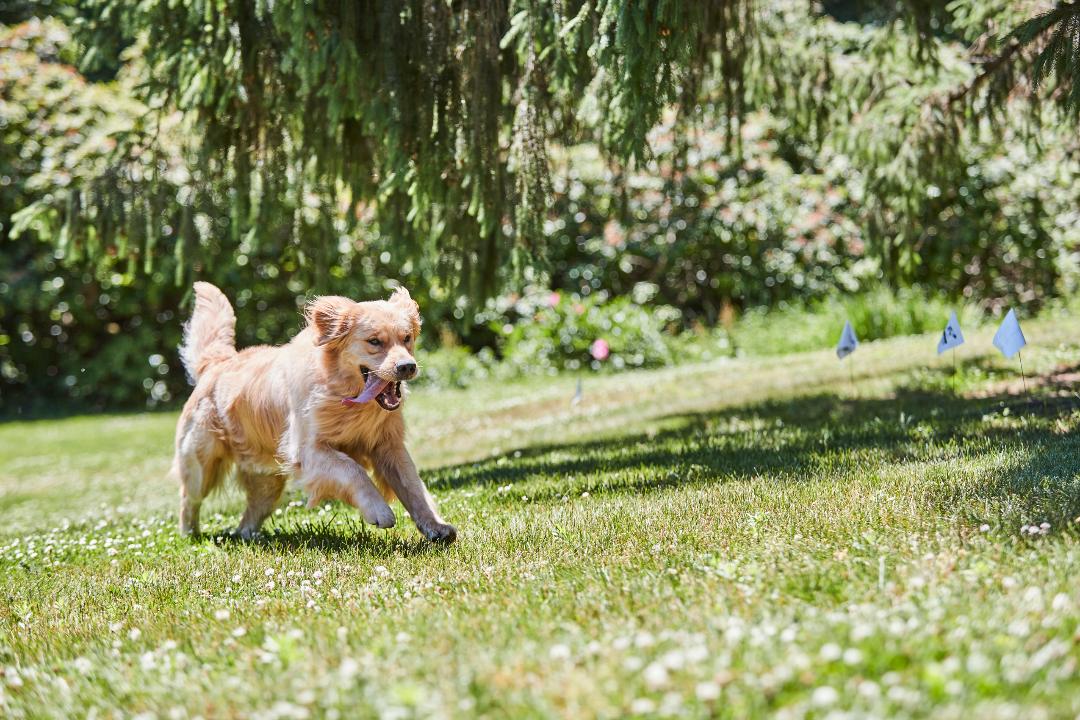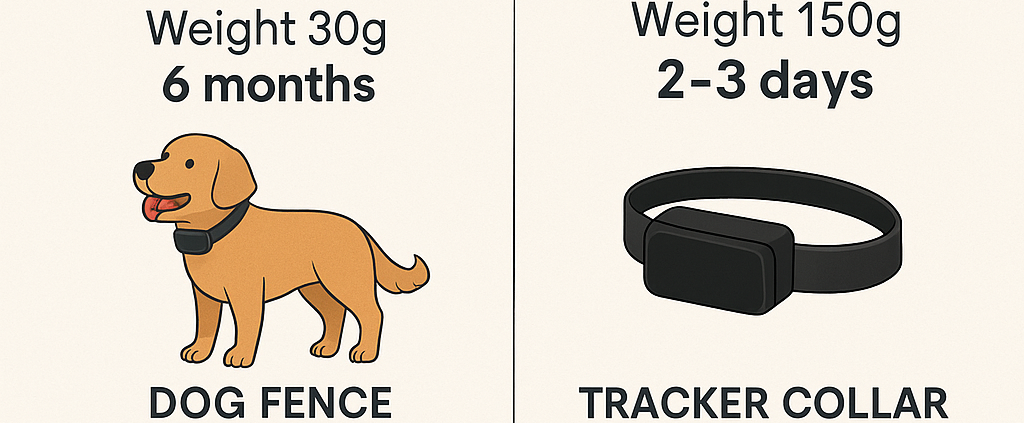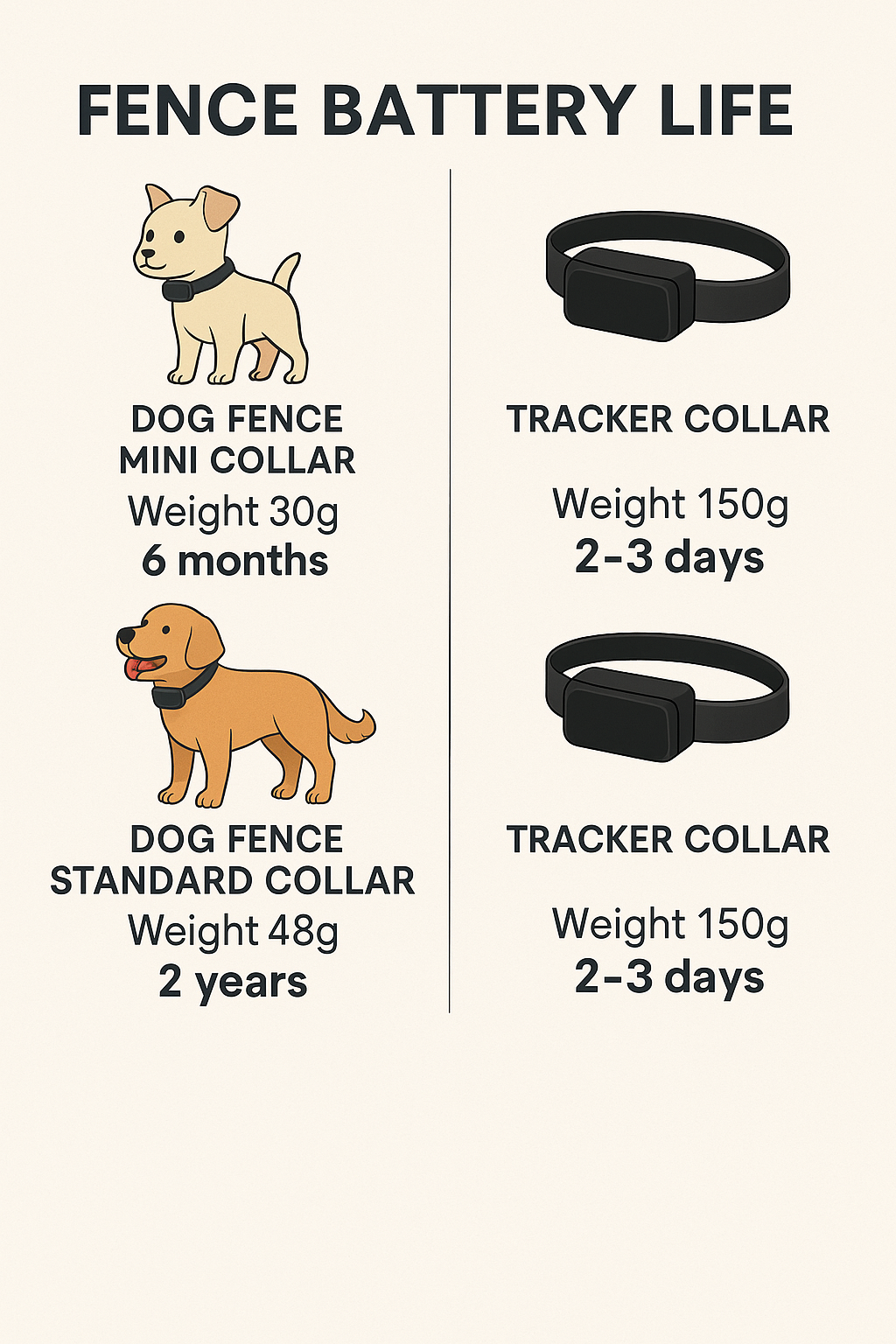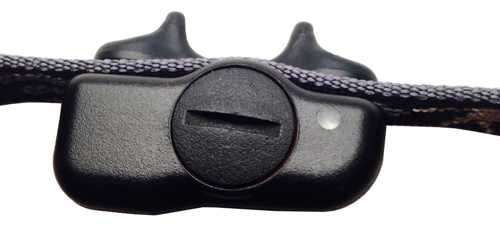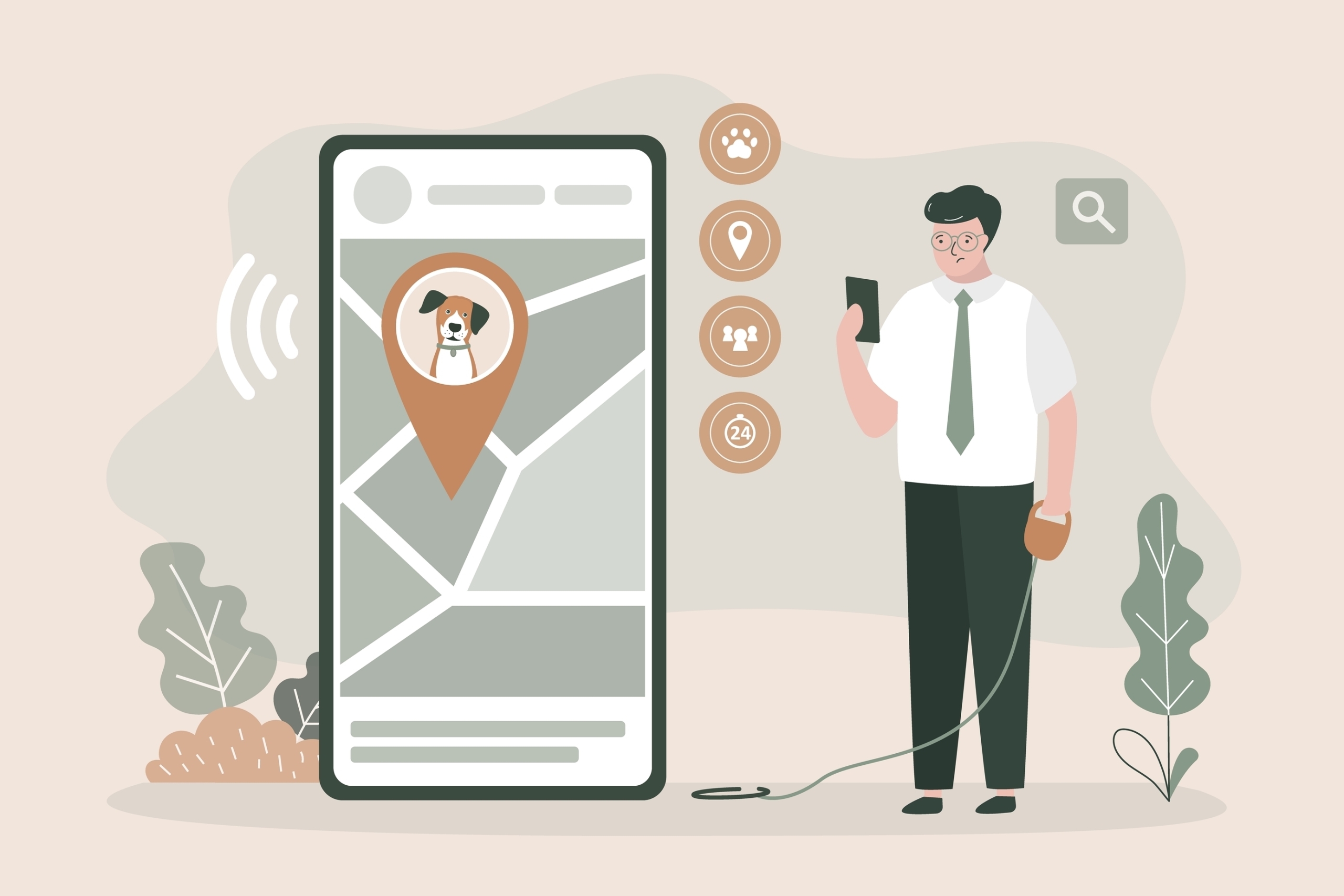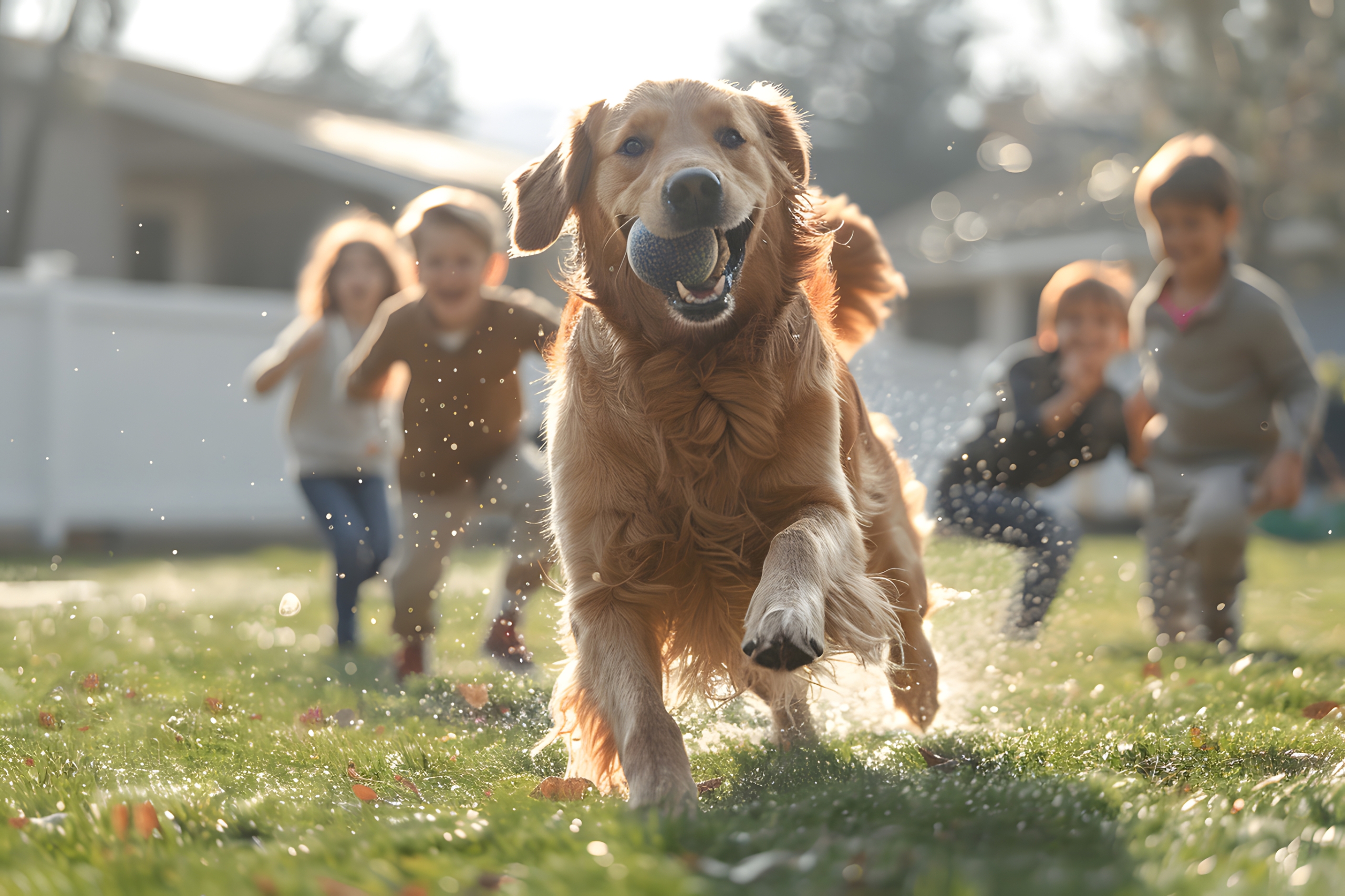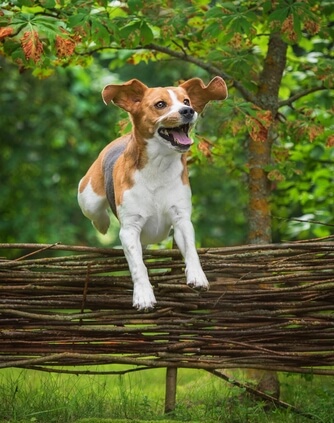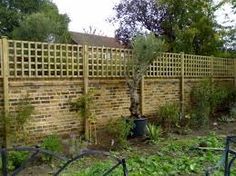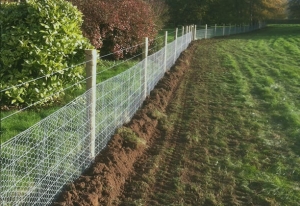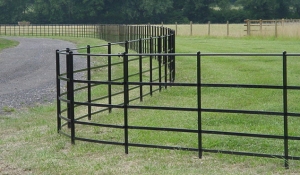Dog Fence Controversy: Humane or Harmful?
The Dog Fence Controversy: Humane Containment vs Pressure from Critics
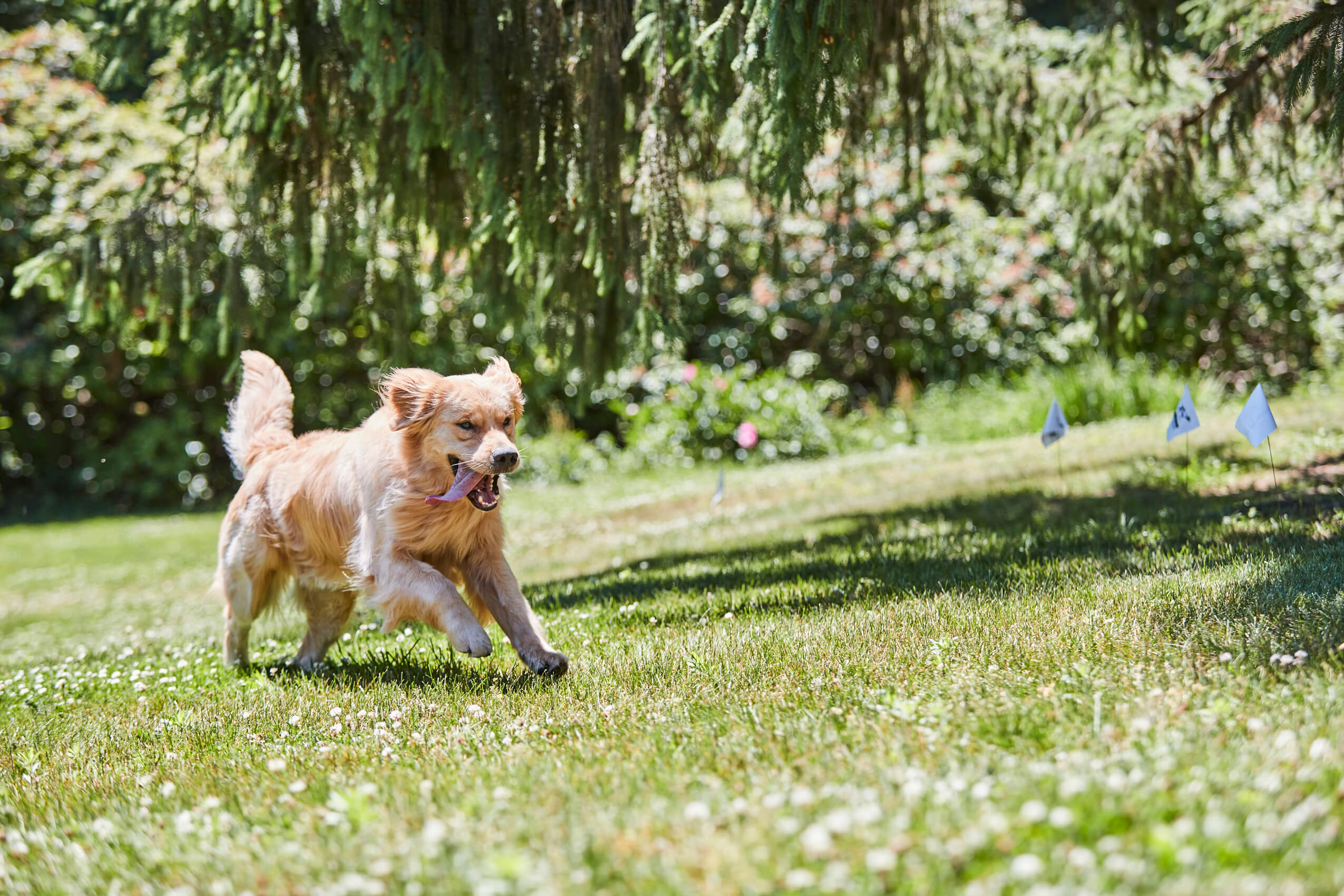
Freedom without physical barriers — a happy dog enjoying safe containment at the heart of the dog fence controversy.
Understanding the Dog Fence Controversy
Critics of electronic containment systems often raise questions about whether it’s ethical to use static correction to train pets. However, the reality is that professionally installed systems—like those we offer—rely on clear, consistent training and safety protocols to ensure that pets are never harmed.
Our training and containment process has been tested and refined over decades. Unlike cheap DIY options or wireless systems, our wired fences include features like auto shut-off after 15 seconds and anti-linger protection to prevent distress or battery drain. Full onsite training for both the owner and their pets and full post installation support.
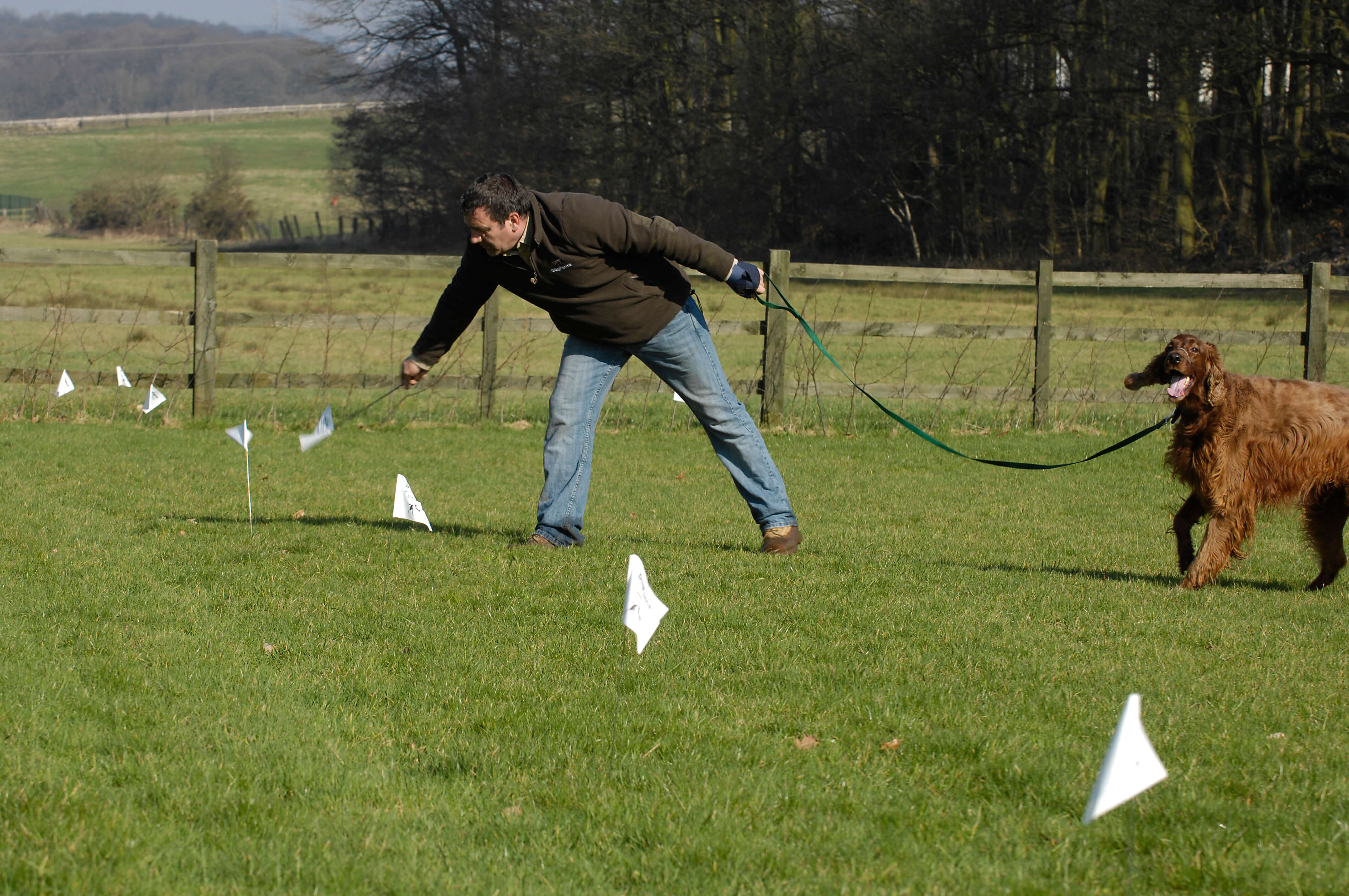
Training is key — DogFence systems use gentle, clear training to teach dogs safe boundaries without fear or force.
Is It Really About Safety—or Perception?
A major element of the dog fence controversy comes down to perception. Many animal behaviourists and veterinary professionals support containment systems when used correctly. In fact, DEFRA’s own 2018 consultation on electronic collars highlighted the differences between training collars and containment systems, which operate in a fundamentally different way.
Unlike handheld remote trainers, our systems rely on **passive avoidance**—where the dog learns to avoid the boundary through audible cues and mild correction. There is no continuous zap, no human-triggered punishment, and no cruelty involved.
Why Pet Owners Choose Electronic Fencing
- Secure boundaries for rural properties or awkward gardens
- Prevents dogs running into roads, chasing livestock, or escaping
- Protects flowerbeds and ponds with ‘no-go zones’
- Safer than tethering or physical fences that dogs may climb or dig under
With the correct installation and training, dogs quickly learn their safe boundaries—and most never even receive a correction after the first few sessions.
The Real-World Benefits Amid the Dog Fence Controversy
We’ve had customers contact us in tears of joy, sharing how their once-wandering pets now enjoy free run of their gardens without worry. From high-energy Vizslas to determined Terriers, the fence offers a life-changing solution that gives dogs freedom—and gives owners peace of mind.
Read more about how our systems work and why they’re different from cheaper alternatives.
Where Should You Stand in the Dog Fence Controversy?
We encourage every pet owner to make informed decisions. Consider the evidence, listen to real-world experiences, and weigh safety and freedom together. One thing is clear: dog fences, when done properly, can be a humane and effective tool for modern pet parenting.
Check out our testimonials from our real life customers:
“I have a Jack Russell and 2 Border Terriers who -left to their own devices -would and did defy garden fences and go off hunting . Despite having a proper fence round the large garden the Jack Russell still manages to get out. The only thing that keeps them safe is my hidden Dog Fence System which they respect and keep clear of. The beeping noise is all they need to remind them of the boundaries. Without this we live in fear of losing them”
Have Questions About the Dog Fence Controversy?
We’d love to talk with you—no hard sell, just honest advice. Our team of pet lovers is here to help you understand your options and make the right choice for your family and your pet.
Call us now on 01628 476475 or
Click here to get a free quote
This post is part of our ongoing pet advice series. For related reading, check out our guide on dog fencing ideas for your home and garden.

